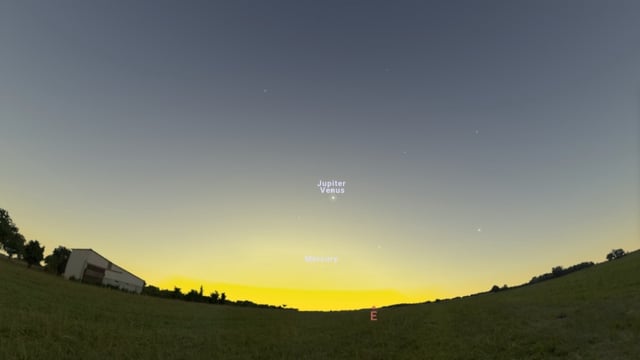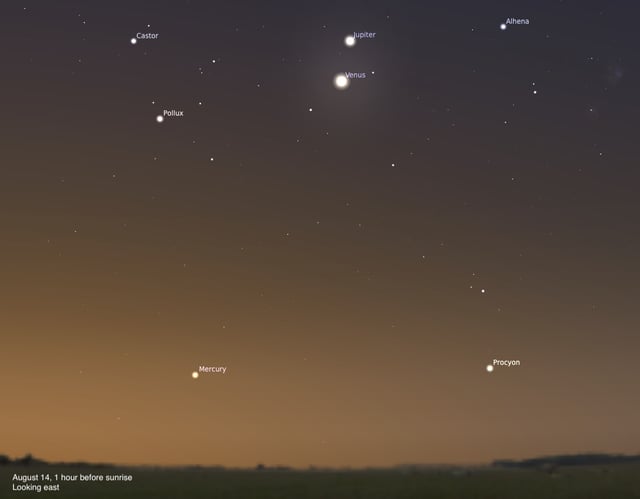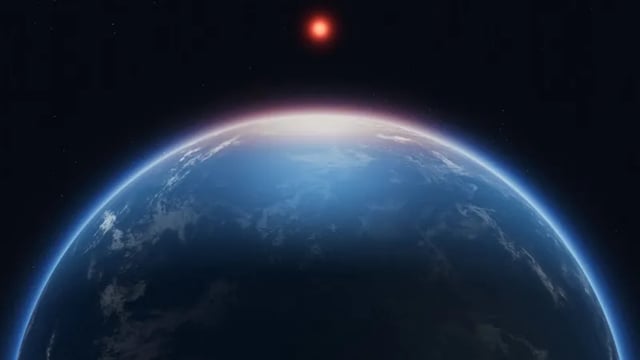Overview
- Six planets—Mercury, Venus, Jupiter, Saturn, Uranus and Neptune—line up along the pre-dawn ecliptic, though the two outer giants require binoculars or a small telescope.
- Venus and Jupiter reached their closest apparent separation on Aug. 11–12 and are now slowly pulling apart while remaining the sky’s brightest guides.
- Mercury has climbed to about 3° above the eastern horizon before sunrise and will hit its greatest elongation around Aug. 19, making it easier to spot.
- Saturn shines high in the southern pre-dawn sky, completing the naked-eye lineup of bright planets before the Moon’s arrival.
- A thin crescent Moon will join the planetary display on Aug. 19–20, and no similar six-planet naked-eye parade will occur again until 2028.



